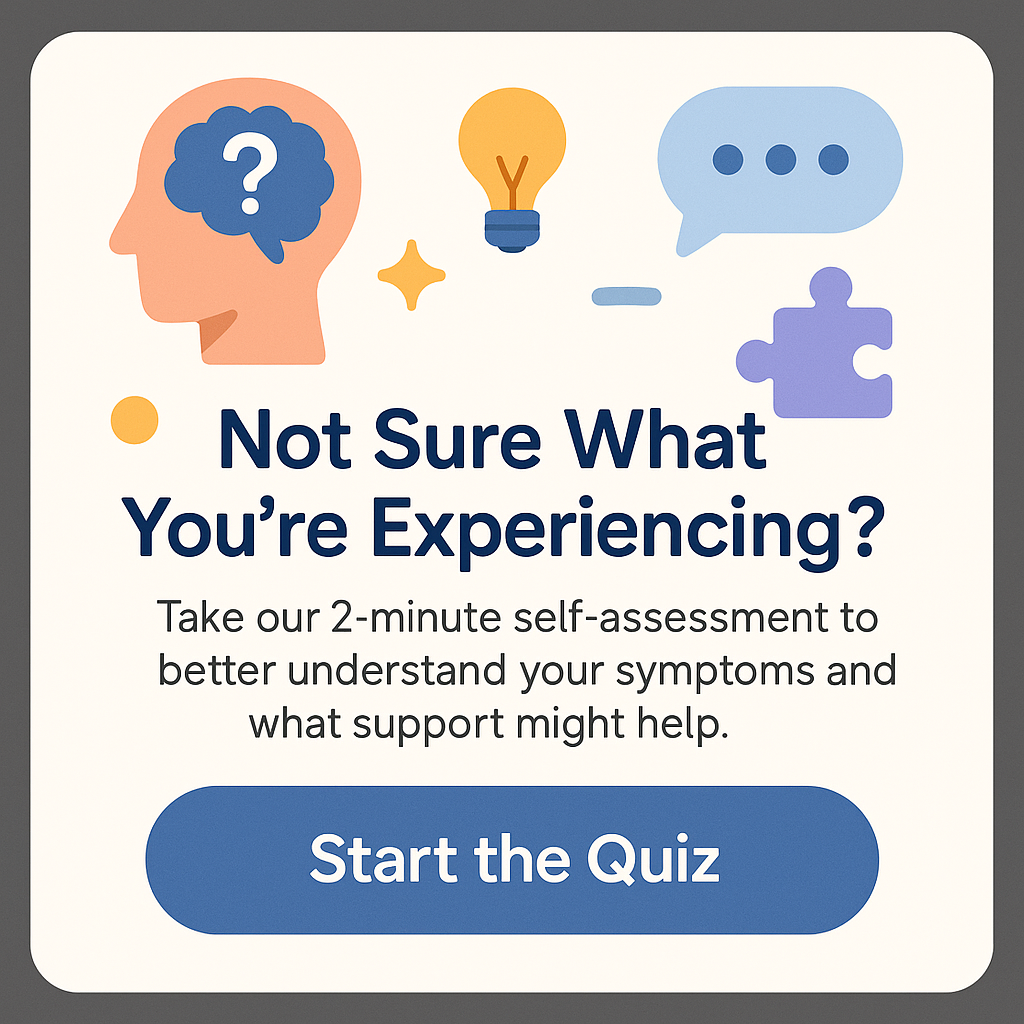What is lying in ABA?
Explore what is lying in ABA, its implications, and how to address it. Learn more about the truth in behavior analysis today!
Lying is a complex behavior that often raises ethical questions, especially in fields like Applied Behavior Analysis (ABA). In ABA, understanding what is lying in ABA? is crucial for both practitioners and clients. It can mean the difference between effective interventions and misunderstandings that hinder progress. This article delves deep into what lying is within the context of ABA, its foundations, implications, and strategies to address it effectively.
Understanding Lying in the Context of ABA
So, what is lying in ABA? At its core, lying is a behavior that involves intentionally providing false information. It can manifest in various forms, from subtle deception to overt falsehoods. In the context of ABA, the focus is often on the observable behaviors rather than the internal thoughts or motives behind them. This leads us to view lying as a behavioral phenomenon that can be analyzed and modified.
One of the primary reasons lying can occur in individuals with disabilities involves a lack of understanding of social norms or the consequences of their actions. For instance, they may tell a lie to avoid punishment or to gain a form of social approval. This misconception can create challenges for practitioners who are trying to teach appropriate social responses. Understanding the reasons behind lying can be essential for implementing effective interventions.
In ABA, behaviors are usually analyzed through a functional assessment to determine why a particular behavior occurs and how to intervene. This means that if an individual lies frequently, a behavior analyst would look at the antecedents (what happens before the lie) and the consequences (what happens after the lie) that reinforce such behavior. The goal is to understand the function of the lie within that individual’s environment.
Moreover, emotions play a significant role in whether someone chooses to lie. In one study, emotional responses were shown to influence the likelihood of deception. This is particularly relevant in ABA, where emotional regulation may be a goal for many clients. Therefore, understanding what is lying in ABA? also means recognizing the emotional landscape that surrounds the behavior.
Reasons Behind Lying: A Behavioral Perspective
To truly grasp what is lying in ABA, we need to consider the reasons why individuals may choose to lie. For practitioners, understanding these motivations is vital for creating a supportive environment that encourages honesty. Lying can arise from a number of factors, including:
1. Avoidance of Negative Consequences
One of the most common reasons people lie is to dodge unpleasant outcomes. This type of lying can often be observed in children, who might fabricate stories to avoid reprimand or punishment. In ABA interventions, recognizing this pattern is crucial for helping clients understand the implications of their actions. Practitioners can create opportunities for clients to practice honesty in safer environments, reinforcing that truth-telling can lead to more positive outcomes.
2. Seeking Approval
Another reason individuals might lie is to gain acceptance or approval from peers or authority figures. In social settings, the pressure to conform can lead to deceptive behavior. ABA emphasizes social skills training, which can be crucial in teaching clients how to communicate honestly without fear of rejection. By role-playing social situations, practitioners can help clients learn more positive and truthful ways to interact with others.
3. Difficulty Distinguishing Reality
For some individuals, especially those on the autism spectrum, understanding the nuances of reality vs. fiction can be challenging. They may not realize the consequences of saying something that isn’t true. In such cases, learning about truthfulness needs to be a fundamental part of their skill development. ABA methods often include visual aids and clear expectations that can help clarify what is reality and what is not.
Strategies to Address Lying in ABA
Understanding what is lying in ABA goes hand in hand with implementing effective strategies to mitigate this behavior. Here are some practical approaches:
1. Develop Trusting Relationships
Building a supportive and trusting relationship is crucial. When individuals feel safe and accepted, they’re more likely to be honest. Establish rapport by showing empathy, understanding, and respect towards the individual’s feelings and experiences.
2. Use Visual Supports
For many clients, especially those with communication challenges, visual supports can be effective in teaching the concept of truth. Charts, pictures, and social stories can provide clarity around the value of honesty, showcasing scenarios where truth-telling leads to positive outcomes. This leaves behind abstract notions and embeds real and relatable concepts into their understanding.
3. Teach Problem-Solving Skills
When clients do lie, rectify situations and focus on problem-solving skills to help them navigate complex social environments. Teaching strategies for dealing with confrontations or misunderstandings can empower individuals to chose honesty over deception in future situations.
4. Role-Playing
Engage in role-playing scenarios that allow clients to practice honest communication. This helps establish healthy communication patterns, allowing them to rehearse what to say and how to respond in various social contexts.
Future Implications: Lying in ABA and Beyond
As we explore what is lying in ABA and how it’s understood, it is essential to recognize its broader implications. Addressing lying isn’t just about correcting a behavior; it also involves nurturing an environment where honesty can thrive. With the ever-evolving landscape of behavioral science, ongoing research into truth-telling and deception can continue to benefit the field.
As ABA professionals, it is vital to stay updated with the literature surrounding lying and similar behaviors. Continued education and engagement with new best practices can enhance treatment outcomes. The relationship between behavioral professionals and the community remains critical. Through collaboration, both can help create structures where honesty is the expectation, not the exception.
Conclusion
In summary, understanding what is lying in ABA is multi-faceted, involving factors such as motivations, emotional responses, and behavioral patterns. By delving into the reasons behind lying, practitioners can develop interventions that are constructive rather than punitive. Whether through building trusting relationships, using visual aids, or practicing problem-solving techniques, we can foster an environment that promotes honesty and integrity. Remember, addressing the lying behavior is not about labeling the individual but about providing the necessary support to help them grow and thrive in their social landscapes.
FAQs
1. Can lying be entirely eliminated in individuals?
While it’s challenging to eliminate lying completely, effective interventions can significantly reduce deceptive behaviors and promote honesty.
2. How can I identify if someone is lying?
Common indicators of lying include inconsistent stories, body language that contradicts their words, and avoidance of eye contact.
3. Is lying always harmful?
Lying can sometimes serve protective purposes or be socially acceptable in certain scenarios. However, repeated deceit can destroy trust in relationships.
4. Can children who lie learn to be more honest?
Yes, with guidance and appropriate interventions, children can learn the benefits of honesty and develop better communication skills.
5. Are there specific strategies for teaching honesty?
Implementing role-playing, visual supports, and developing problem-solving skills are effective strategies for teaching individuals about honesty.
What are Signs of Mild Autism? Understanding Subtle Symptoms







